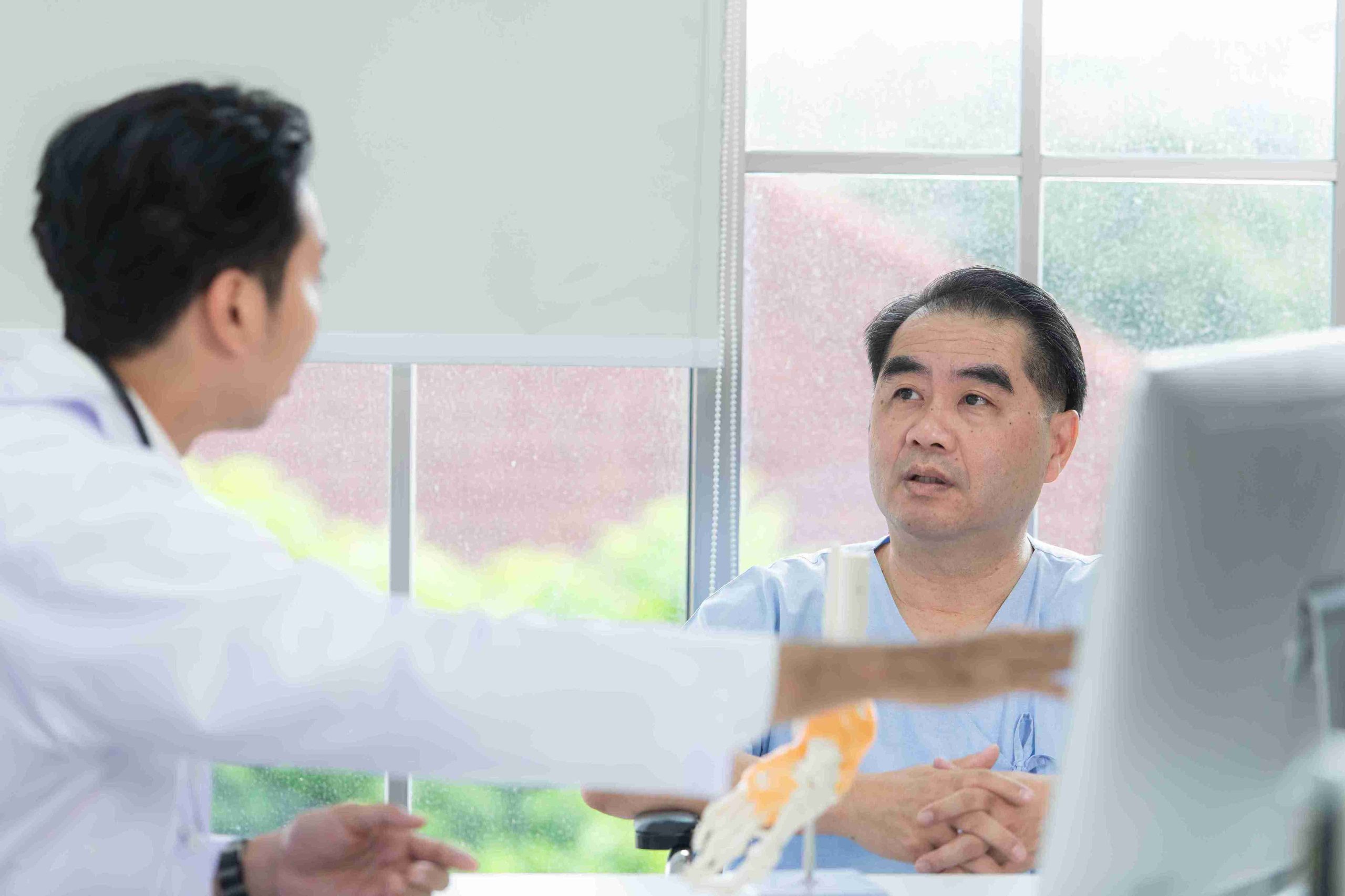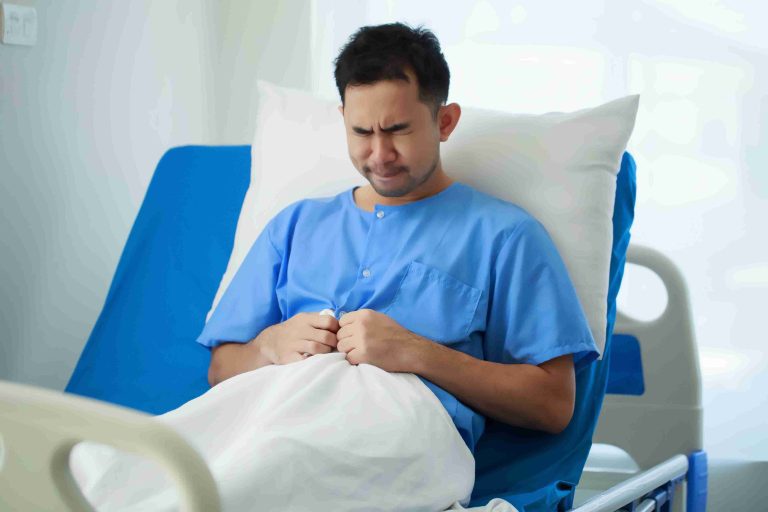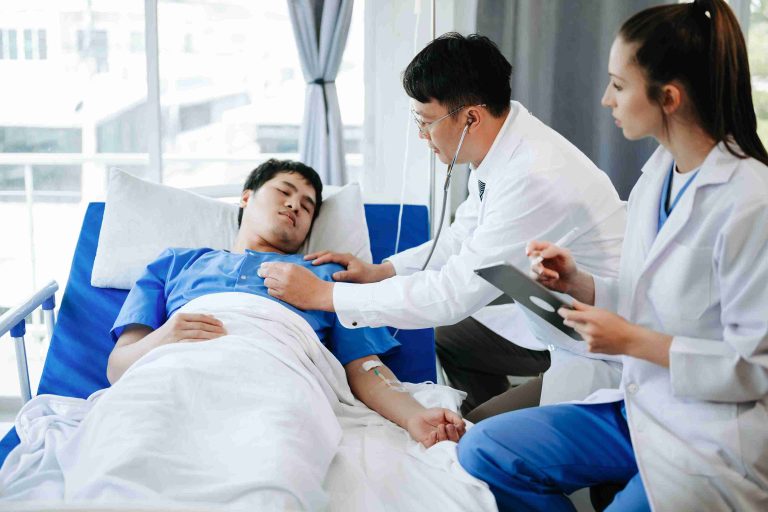A gastroscopy with biopsy may sound intimidating at first, especially if you’ve never undergone the procedure before. However, it is a valuable diagnostic tool that allows doctors to directly examine the upper digestive tract and gather tissue samples when necessary. Understanding the reasons behind this recommendation can help ease anxiety and empower you to take charge of your digestive health.
What Is a Gastroscopy with Biopsy?
A gastroscopy is a medical procedure in which a thin, flexible tube with a camera—called a gastroscope—is inserted through the mouth to view the lining of the esophagus, stomach, and upper part of the small intestine (duodenum). The goal is to detect abnormalities such as ulcers, inflammation, or tumors.
When a biopsy is included, it means that during the same procedure, the doctor removes a small piece of tissue from the lining of these organs. The sample is then sent to a lab for microscopic examination. This is done to diagnose or rule out a range of conditions, including infections, cancers, and autoimmune disorders.
Common Symptoms That Prompt the Test
Your doctor may recommend a gastroscopy with biopsy if you report symptoms that suggest there may be an issue within the upper digestive tract. These symptoms can include:
- Persistent upper abdominal pain that does not resolve with standard medications.
- Chronic nausea or vomiting, especially when unexplained by other causes.
- Difficulty swallowing (dysphagia) or the sensation of food being stuck.
- Unintentional weight loss, which can be a red flag for more serious issues.
- Ongoing heartburn or acid reflux, especially if it’s not responding to treatment.
- Vomiting blood or passing black, tarry stools, which may suggest bleeding in the upper GI tract.
Rather than guessing the cause, a gastroscopy with biopsy allows doctors to directly visualize and assess the condition of the internal lining and take samples if something suspicious is found.
Diagnosing Helicobacter Pylori Infection
One of the most common reasons for a biopsy during gastroscopy is to test for Helicobacter pylori (H. pylori), a type of bacteria that can infect the stomach lining. This bacterium is a well-known culprit behind peptic ulcers and is even linked to an increased risk of gastric cancer.
Although there are non-invasive tests for H. pylori, such as breath or stool tests, a biopsy during gastroscopy offers a highly accurate diagnosis. It also allows the doctor to evaluate the extent of inflammation or damage caused by the infection.
Identifying Gastric and Esophageal Cancer
Another important reason a doctor may perform a gastroscopy procedure with biopsy is to screen for or diagnose cancers of the esophagus or stomach. If your symptoms or medical history raise any concerns, taking a tissue sample helps determine whether cells are benign, pre-cancerous, or malignant.
Early-stage cancers can be difficult to detect based on symptoms alone. A biopsy can confirm suspicions based on visual findings, and early detection dramatically improves treatment outcomes.
Evaluating Barrett’s Esophagus
For patients with chronic gastroesophageal reflux disease (GERD), the doctor may be concerned about Barrett’s esophagus, a condition in which the normal lining of the esophagus changes due to repeated acid exposure. This condition can be a precursor to esophageal cancer.
During a gastroscopy test, if the esophagus appears abnormal, the doctor will take a biopsy to confirm whether Barrett’s esophagus is present. If diagnosed, regular monitoring with repeat gastroscopies and biopsies may be recommended.
Investigating Celiac Disease
Sometimes, a biopsy is necessary to confirm celiac disease—an autoimmune condition where the ingestion of gluten leads to damage in the small intestine. Although blood tests are often the first step, a definitive diagnosis usually requires a biopsy from the duodenum, which is accessed during a diagnostic gastroscopy.
This allows the doctor to look for signs of villous atrophy—flattened projections in the small intestine lining—which are characteristic of untreated celiac disease.
Monitoring Inflammatory Conditions
Chronic inflammatory conditions like Crohn’s disease or autoimmune gastritis may also warrant a gastroscopy with biopsy. These conditions can cause subtle changes to the stomach or intestinal lining that are not always visible on the camera alone.
Through biopsy, the pathologist can detect microscopic inflammation, tissue damage, or other abnormalities that support an accurate diagnosis. This can guide long-term treatment and monitoring strategies.
Assessing Non-Specific Findings
In some cases, what is seen during the procedure might not be enough to make a clear diagnosis. For example, redness, swelling, or erosion in the stomach or esophagus may be non-specific signs that could result from infection, irritation, or a precancerous condition.
Taking a biopsy helps narrow down the possibilities by providing histological details—how the tissue looks under a microscope. This often clarifies whether additional tests or treatments are necessary.
It’s a Quick and Safe Procedure
A gastroscopy with biopsy is generally a safe and routine procedure performed in hospitals or outpatient clinics. The entire process usually takes less than 30 minutes. You’ll likely be given a sedative to help you relax, and the scope is inserted through the mouth, not the nose or surgically, making it minimally invasive.
Complications are rare but can include a sore throat afterward, minor bleeding at the biopsy site, or—very rarely—perforation. Your doctor will discuss all potential risks and benefits with you in advance.
What Happens After the Procedure?
After your gastroscopy with biopsy, you’ll typically be monitored for a short period until the sedative wears off. Most people can go home the same day but are advised not to drive or operate machinery.
The biopsy results may take several days to return. Depending on the findings, your doctor may call you back to discuss further treatment, additional tests, or ongoing monitoring. Even if the biopsy is normal, the information gathered can help your doctor rule out serious conditions and give you peace of mind.
When to Follow Up
You should always follow your doctor’s recommendations regarding follow-up, especially if you have a chronic condition like Barrett’s esophagus, celiac disease, or a history of ulcers. In some cases, routine gastroscopies with biopsy may be part of ongoing monitoring to catch any changes early before they become more serious. If your symptoms persist despite treatment, or if new symptoms arise, a repeat procedure may be necessary to reassess your condition.
Conclusion
In conclusion, a gastroscopy with biopsy is more than just a visual check—it’s a powerful tool that allows doctors to gather essential diagnostic information and make informed decisions about your care. While it may seem invasive at first, its benefits in detecting infections, inflammation, and even early-stage cancers can be life-saving. If your doctor recommends it, understanding its purpose can make you feel more prepared and confident going into the procedure.






